Excel in the 2025 Ramsay Mechanical Test: Enhance Your Mastery with Our Advanced Practice Test & Course
- Overview
- Quiz
- Sample Questions
- Curriculum
- Reviews
Ramsay Corporation introduced the Mechanical Aptitude Test (MAT) in 2004 to provide a concise assessment of mechanical aptitude while mitigating gender and race biases. This professionally-developed test in different languages (English, French and Spanish) demonstrates a high correlation with other measures like the Wiesen Test of Mechanical Aptitude (WTMA) and the Bennett Test of Mechanical Comprehension. MAT proves beneficial in the selection process of apprentices, trainees, and candidates involved in production and maintenance job activities. Through MAT, Ramsay Corporation sought to provide a reliable and inclusive assessment tool that meets the evolving needs of assessing mechanical aptitude.
The MAT’s question selection are carefully curated to relate to everyday objects and general knowledge, ensuring a reduction in adverse impact, particularly gender biases (early data analysis indicates its gender friendliness) aimed to address specific gaps in the field of mechanical aptitude testing.

Complete Ramsay Mechanical Prep
Last Updated: Jan 07, 2025
Course Content
-
1Basic Science and PhysicsBuy this Course: Get full access to all lessons, practice tests and guides.
- Newton Laws -Written Guide
- Newton Laws Practice Questions
- Circular Motion - Written Guide
- Circular Motion - Video Guide
- Circular Motion Practice Questions
- Pressure - Written Guide
- Pressure - Practice Questions
- Gas Pressure - Written Guide
- Gas Pressure Practice Questions
- Buoyancy - Written Guide
- Buoyancy Practice Questions
- Thermodynamics -Written Guide
- Thermodynamics Practice Questions
-
2Basic MechanicsBuy this Course: Get full access to all lessons, practice tests and guides.
-
3Mechanical Measurement & Print ReadingBuy this Course: Get full access to all lessons, practice tests and guides.
-
4Mechanical Maintenance & TroubleshootingBuy this Course: Get full access to all lessons, practice tests and guides.
-
5Tools & EquipmentsBuy this Course: Get full access to all lessons, practice tests and guides.
-
6Fluid Systems and Power TransmissionBuy this Course: Get full access to all lessons, practice tests and guides.
What is the Ramsay Mechanical Test?
The Ramsay Mechanical Test is a set of assessments that thoroughly evaluate the knowledge and skills of mechanical technicians. It encompasses a broad spectrum of subjects, including mechanics, electricity, and hydraulics.
With its purpose of measuring candidates’ aptitude and proficiency in various technical disciplines, the test offers employers valuable insights into the overall technical capabilities of applicants and their potential to excel in diverse job positions.
By using the Ramsay Mechanical Test, employers can effectively identify candidates who possess the necessary knowledge and skills required to thrive in the desired role. Additionally, the test enables employers to make informed hiring decisions by facilitating a comparison between candidates based on their performance in the assessment.
Ramsay Mechanical Practice Test
Ramsay Mechanical Test Levels
The Ramsay Mechanical Test is a series of tests that are used to assess a candidate’s knowledge and skills in mechanical maintenance. The tests are designed for candidates at various levels of experience, from entry-level to advanced journeymen.
These tests are conducted in both offline and online formats, and the format you will face depends on the specific requirements and arrangements made by your hiring organization.
Apprentice / Entry Level
Candidates at the entry-level have received no or one to two years of training but require an additional two or three years of experience to advance.
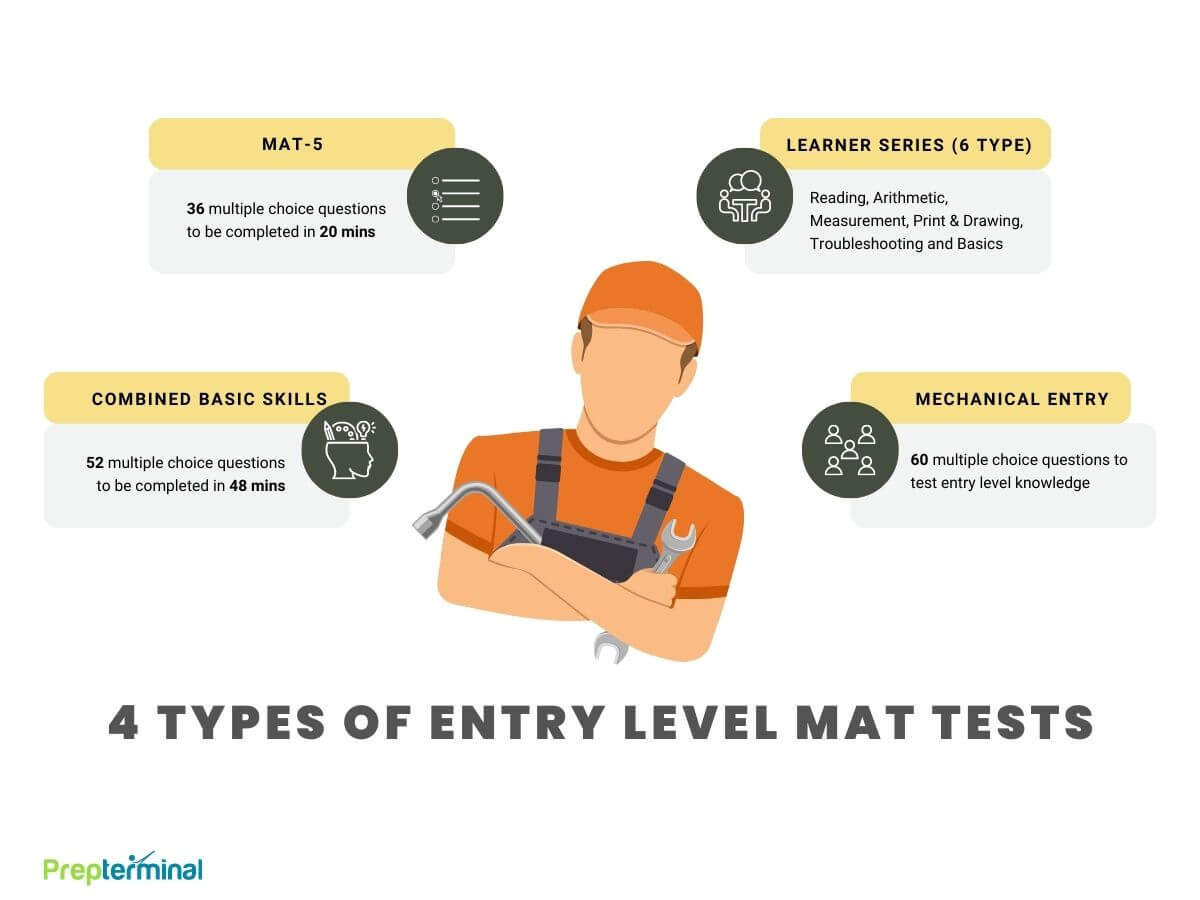
Trainee Level
This test is tailored for aspirants who have two to three years of hands-on experience in the mechanical field. It is structured with 60 multiple-choice questions to be addressed within a strict timeframe of 60 minutes.
The test delves into a wide array of subjects, including Hydraulics & Pneumatics, Print Reading, Welding & Rigging, Power Transmission & Lubrication, Pumps & Piping, Maintenance, Shop Machines & Tools, and Materials & Equipment.
Journey Level
This level is ideal for candidates with two to five years of experience in mechanical maintenance. There are 5 different types of tests in this segment.
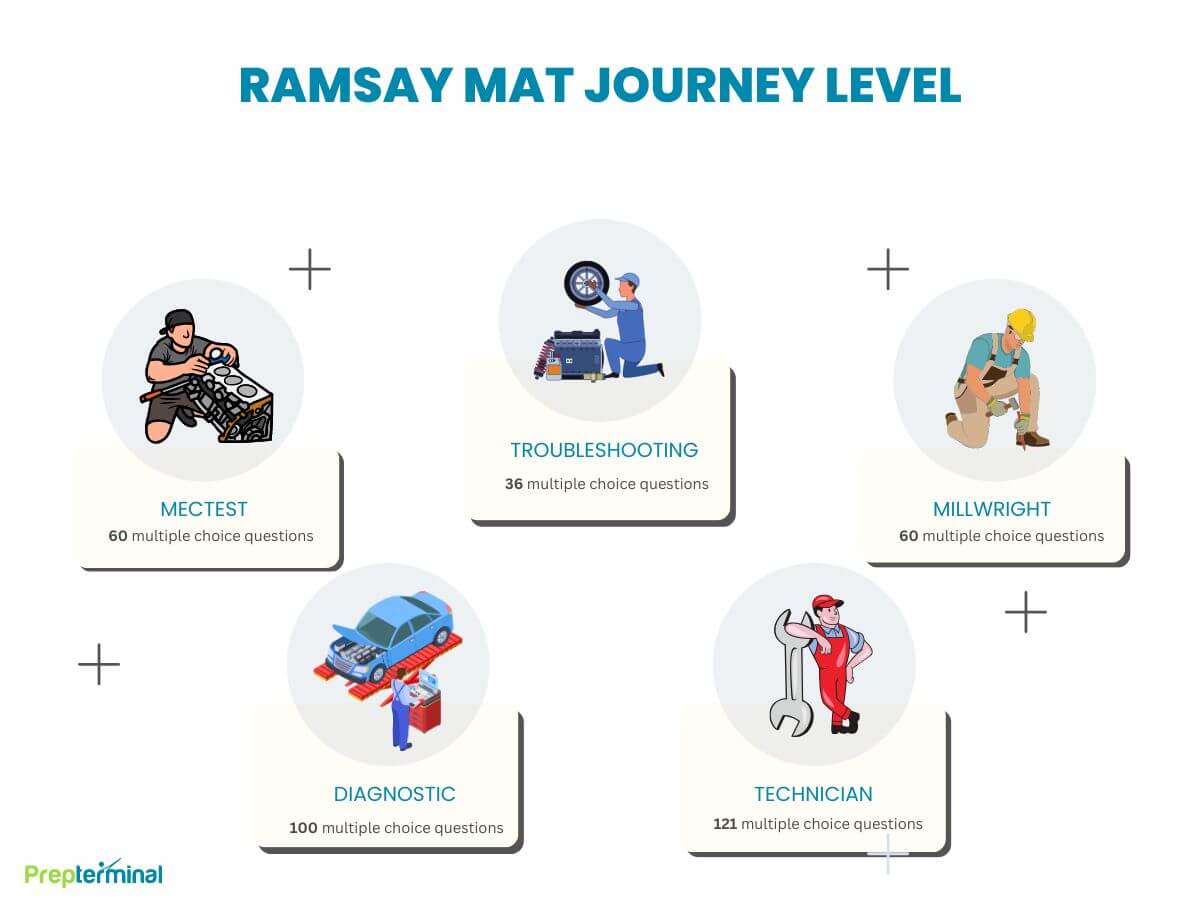
Advanced Journey Level
These tests are designed to identify candidates with over five years of experience, specifically suitable for positions in the metals or manufacturing sectors. The levels, A, B, and C, gradually increase in complexity, with Mechanical Technician A representing the most advanced and intricate level.
The questions within the test cover various topics, including Hydraulics & Pneumatics, Print Reading, Burning & Fabricating, Welding & Rigging, Power Transmission & Lubrication, Pumps & Piping, Mechanical Maintenance Principles, and Shop Equipment & Tools.
In total, there are 60 multiple-choice questions, each level featuring questions of varying difficulty for A, B, and C.
Ramsay MAT Sample Questions
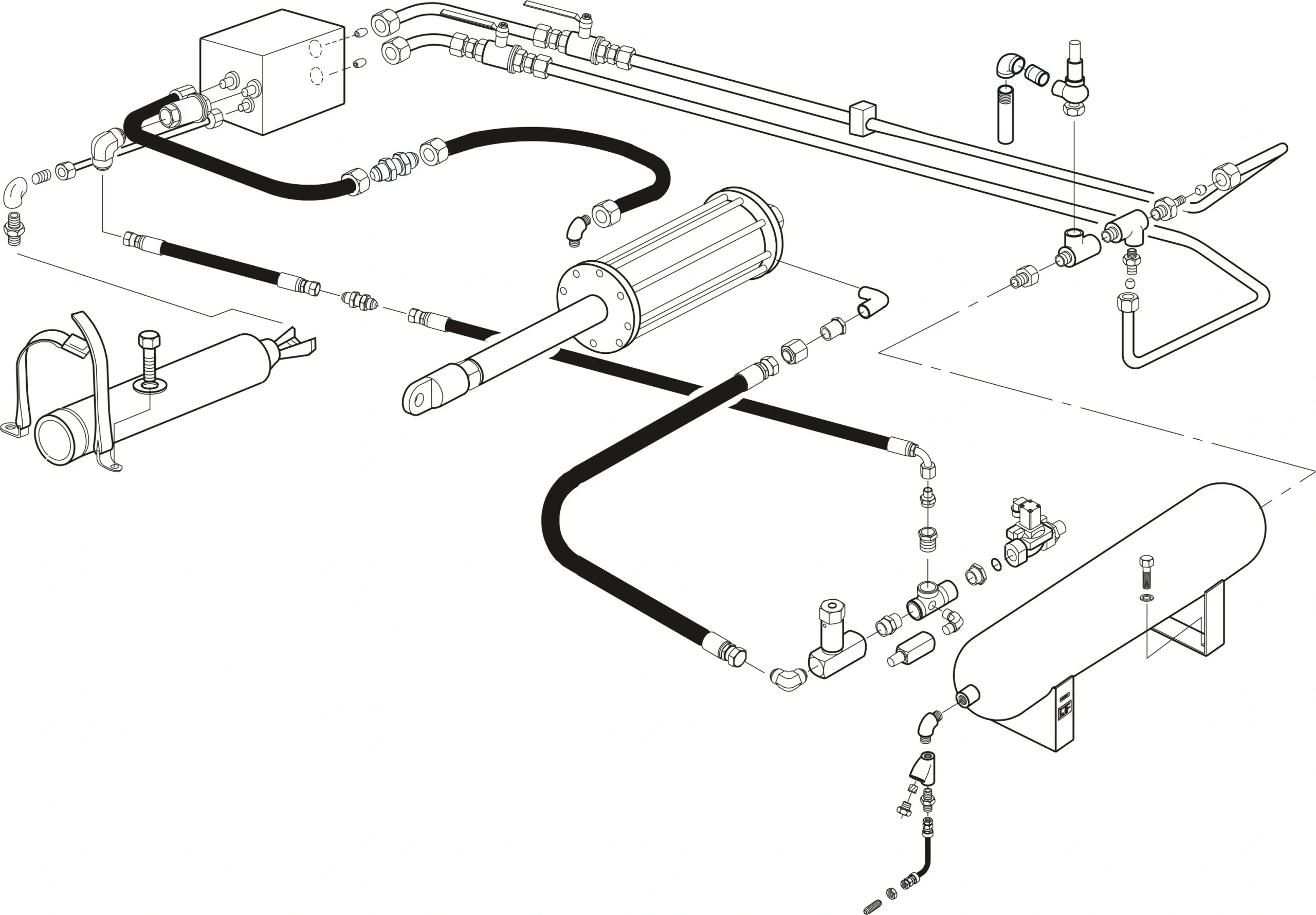
-
A:
Actuator
-
B:
Reservoir
-
C:
Pump
-
D:
Control valve
Explanation:
The pump in a hydraulic system is responsible for converting mechanical force into hydraulic pressure. It draws in fluid from the reservoir and pressurizes it, allowing the hydraulic system to transmit force and perform work.
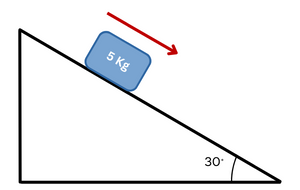
-
A:
4.9 m/s²
-
B:
9.8 m/s²
-
C:
2.45 m/s²
-
D:
None of the above
Explanation:
The acceleration of an object sliding down a frictionless inclined plane is given by the formula a = g * sin(θ), where g is the acceleration due to gravity (approximately 9.8 m/s² on Earth) and θ is the angle of the incline. Here, θ is 30 degrees. So, a = 9.8 * sin(30) = 9.8 * 0.5 = 4.9 m/s². So the correct answer is A.
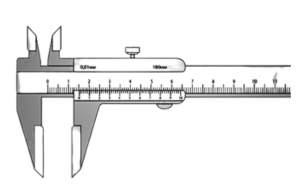
-
A:
1.06 CM
-
B:
1.15 CM
-
C:
1.20 CM
-
D:
1.50 CM
Explanation:
The reading on the bigger scale shows 1.20 & the reading on the small scale shows 0. So 1.20 is the final reading.
Tips to Ace the Ramsay Mechanical Test
To excel in the Ramsay Mechanical test, which covers a range of topics, including Hydraulics & Pneumatics, Print Reading, Burning & Fabricating, Welding & Rigging, Power Transmission & Lubrication, Pumps & Piping, Mechanical Maintenance Principles, and Shop Equipment & Tools, here are some valuable tips for preparing:
Train yourself with the basic principles and components of hydraulic and pneumatic systems. Study the key concepts related to fluid mechanics, pressure, flow, valves, and actuators. Practice solving problems involving hydraulic and pneumatic circuits.
Enhance your ability to interpret technical drawings and blueprints. Develop proficiency in understanding symbols, dimensions, tolerances, and different views. Practice analyzing complex drawings and identifying relevant details accurately.
Read about various cutting and fabricating techniques, including flame cutting, plasma cutting, and arc cutting. Understand the characteristics and properties of different metals and materials used in fabrication. Familiarize yourself with safety protocols for cutting and welding processes.
Study different welding techniques, such as MIG, TIG, and arc welding. Understand the types of welding joints and their applications. Learn about rigging equipment, lifting techniques, and load calculations. Practice interpreting welding symbols and executing proper welding procedures.
Understand the power transmission systems, including gears, belts, chains, and shafts. Learn about lubrication principles, types of lubricants, and their application methods. Familiarize yourself with maintenance procedures for power transmission components.
Know about different types of pumps, their operation, and maintenance. Understand piping systems, fittings, and pipe sizing. Study principles of fluid flow, pressure, and hydraulic calculations. Practice solving problems related to pump performance and piping networks.
Focus on key principles and practices of mechanical maintenance, such as preventive maintenance, troubleshooting, and equipment inspection. Learn about maintenance strategies, tools, and techniques. Practice analyzing maintenance scenarios and making effective decisions.
Get acquainted with various shop machines and tools used in mechanical maintenance. Learn their functions, operation, and safety guidelines. Familiarize yourself with common shop practices, including tool maintenance, equipment setup, and safety precautions.
For each section, allocate time for study and practice. Utilize textbooks, online resources, and practice tests specific to each topic. Identify areas where you need improvement and focus on strengthening those skills. Additionally, consider seeking guidance from experienced professionals or joining study groups to enhance your preparation. Regular practice and a systematic approach will significantly increase your chances of success in the Ramsay Mechanical test.

Created by: Michael Lerner
BSc, Psychometric Tutor, Prepterminal Test Expert
7869 students, 4.8, 1511 Reviews
Hey, I’m Michael, PrepTerminal’s Ramsay Mechanical Tests expert. I am here to help you with any questions or concerns you may have about the Ramsay Mechanical Tests. Feel free to contact me at [email protected].
